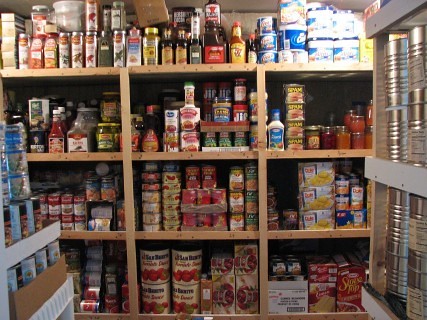
I posted this on facebook, but it’s such a good deal I wanted to pass it along to everyone. I have some new friends at Mother Earth Products! They are a Christian owned company! They’re having a huge sale to celebrate Easter! Free shipping and 20% off all orders over $100! Click the logo to see them share their faith and announce the sale.










